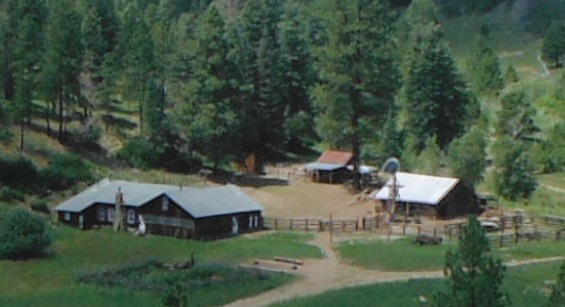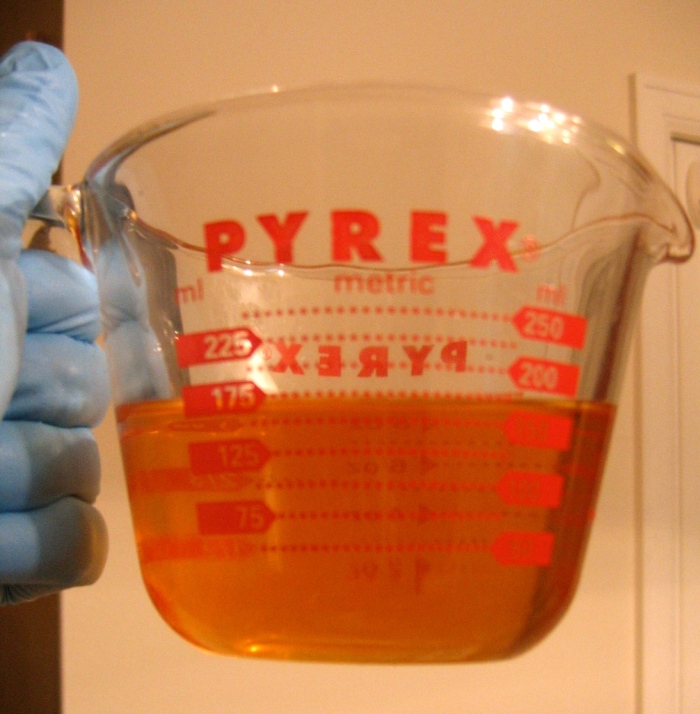Using a soap calculator, carefully calculate the oils you will use in conjunction with your lye water.
I used additional ingredients to balance out my soaps hardness, conditioning, cleansing and lather. Using too much of one oil and not enough of another may cause problems with the outcome of your soap.
Step 1: Measure out oils
- All ingredients are measured by weight, weigh out each oil and pour into stock pot
Step 2: Heat oils to 120 degrees Fahrenheit (wear gloves, eye protection, apron and mask)
Step 3: Measure and add lye water
- The amount of water used should be 38% of the weight of the combined oils
- Soap calculators will tell you how much lye crystal to add, but since we are using homemade lye water just follow the water weight recommendation
- Add the lye water to the oil mixture
- The mixture should begin to thicken, resembling curdling
- Stir until the mixture begins to resemble pudding (using a hand-mixer or eggbeater will help the concoction saponify faster)

- When you can see trace or a distinct line from your stirring utensil the soap is ready to pour into the mold (sometimes stirring the ingredients on low heat will also the chemical reaction, especially when using homemade lye water)
Step 4: Pour into the mold
- Pour the liquid into the mold (lightly greasing the mold will make extraction easier)
- Cover the mold and then wrap in a towel for insulation (the soap should not cool rapidly)
- The soap will cool and harden, this may happen overnight or take over a week
Step 5: Curing
- Cut the soap and remove from the mold (use gloves)
- Separate the bars and let cure in open air for 6-8 weeks
The chemical reaction in the soap is still taking place up to two months after the initial mixing of the ingredients. To test the soap to see if it is safe for use on skin you can touch your tongue to the soap. If the soap zaps you, much like a 9-volt battery would, the soap is still too lye-heavy and may cause burns. If after the recommended 6-8 weeks the soap does not zap you it is safe to use.
If you are having difficulties try using troubleshooting forums. Correct mistakes may not always be possible and you may need to start over entirely.
Good luck with your own soap making!













Pingback: Soap Making (free eBook) | Shareable Survival